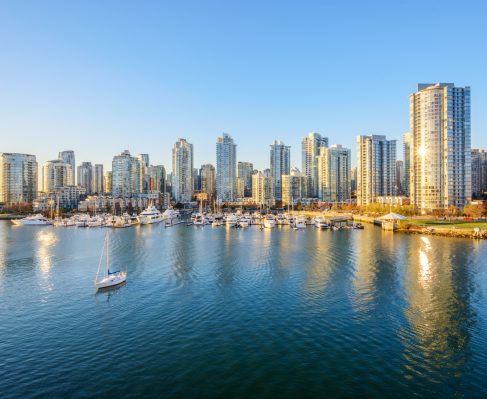
Your Guide to Sailing Terminology
There’s no better way to impress fellow guests and crew on a luxury yacht charter, than by using the correct sailing lingo! More seriously, it can also be a useful way of communicating with the crew. It’s been used for hundreds of years, and is a fascinating part of life at sea.
Whether you’re ready to step on board for the first time, or have taken to the seas before, our handy guide will surely help you sound like a nautical expert.
Don’t forget, some of the terms will only apply to sailboats, while others refer to yachts. Read on to find out more…
Port – Facing forward, this is anything to the left of the yacht. Once on-board, you’ll be able to use this term any time you’d normally say ‘left’.
Starboard – Facing forward, this is anything to the right of the yacht. This term can be used in the same way as ‘port’ – only for the opposite direction.
Bow/Stern – The bow is to the front of the yacht, the stern is the back. Anything near the front of the yacht is usually referred to as being ‘forward’ and anything towards the back is ‘aft’ or ‘astern’.
Point of Sail – This is the yacht’s direction relative to the wind. If you’re going straight into the wind, your point of sail is called ‘in irons’. If the wind is blowing straight over the side of the yacht, that’s called a ‘beam reach’. There are 8 commonly used points of sail.
Helm – You’ve probably heard of this one already. The helm is where you steer the yacht. Usually this is a big wheel, and where you’ll find the captain.
Keel – This is a long, heavy fin along the bottom of the boat or yacht that sticks down into the water. This provides stability and is the reason why most modern sailboats are almost impossible to capsize.
Heeling – This is the term for when a sailboat leans in the water, pushed by the wind. For those of you heading on a luxury sail yacht vacation, you’ll find heeling a real thrill.
Tack – This actually has two different meanings. Used as a verb, to tack is to change direction by turning the bow of the boat through the wind. As a noun, your tack is the course you are on relative to the wind.
Jibe – A jibe is also a way of changing direction, by bringing the stern of the yacht through the wind. Whether you opt to tack or jibe depends on the situation (what’s around you) and the direction of the wind.
Windward – The side of the boat nearest to the wind. This will always be the high side when heeling over.
Leeward – The side of the boat furthest from the wind. This will always be the low side when heeling over.
Lines – On board a yacht, this is what you say instead of ‘ropes’.
Mainsail – The big triangular sail just aft of the sailboat’s mast. This is the boat’s most important and largest sail, and there’s also a thick pole running along the bottom edge known as the boom.
Jib – The next most common sail on any boat, the jib can be found forward of the mast, and without a boom.
Featured Luxury Yachts
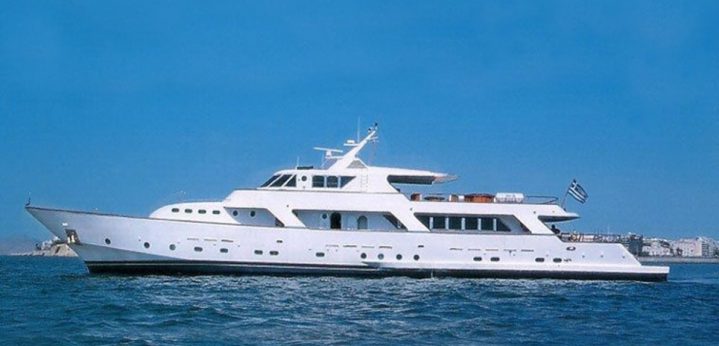
DESTINY 128
€38,500/wk
127.95ft /39m
10 Guests
5 Cabins
7 Crew
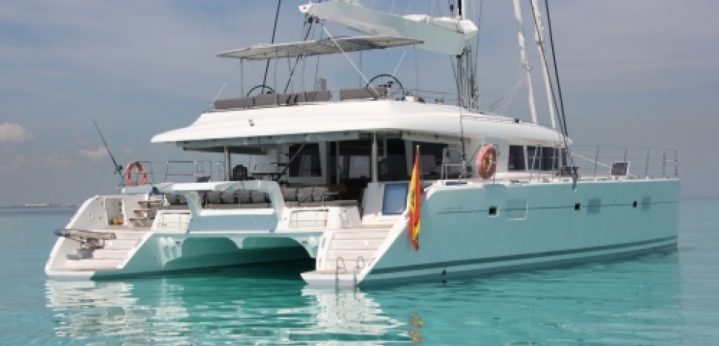
Firefly
€19,500/wk
62.01ft /18.9m
6 Guests
3 Cabins
3 Crew
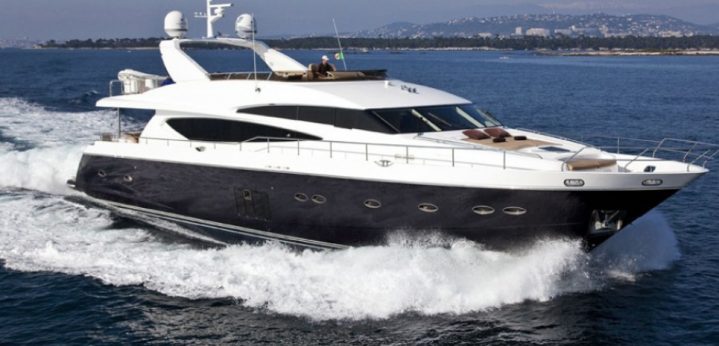
Solaris
€41,000/wk
89.99ft /27.43m
10 Guests
4 Cabins
5 Crew
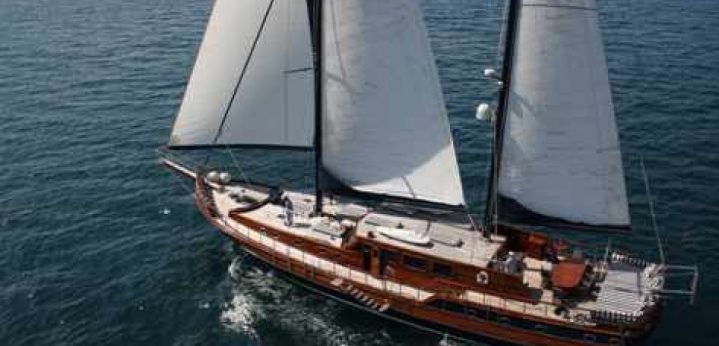
Capricorn
€16,450/wk
98.43ft /30m
11 Guests
5 Cabins
5 Crew
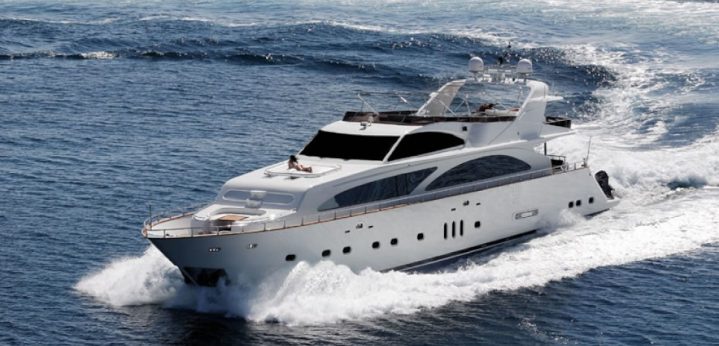
My Pleasure
109.91ft /33.5m
10 Guests
5 Cabins
5 Crew
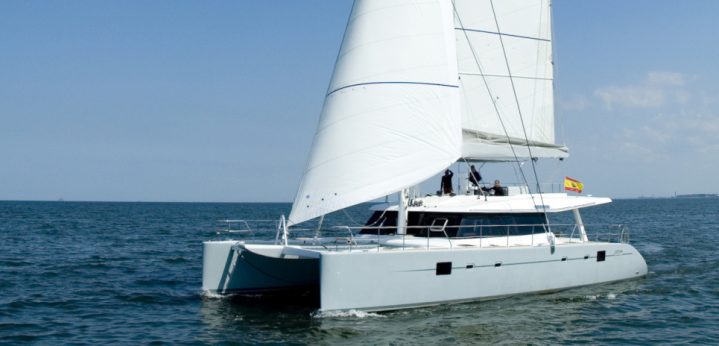
Depende IV
€17,355/wk
65.62ft /20m
8 Guests
4 Cabins
2 Crew
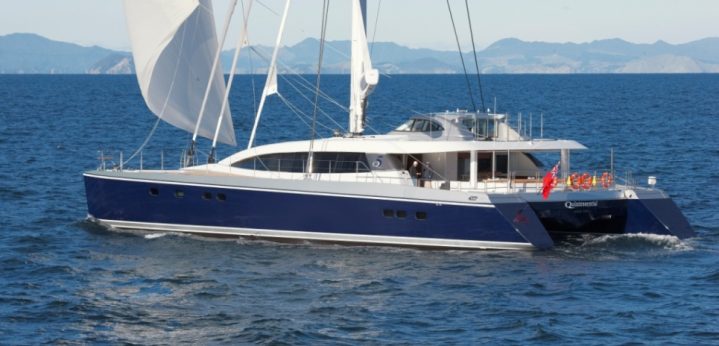
Quintessential
100.03ft /30.49m
10 Guests
5 Cabins
6 Crew
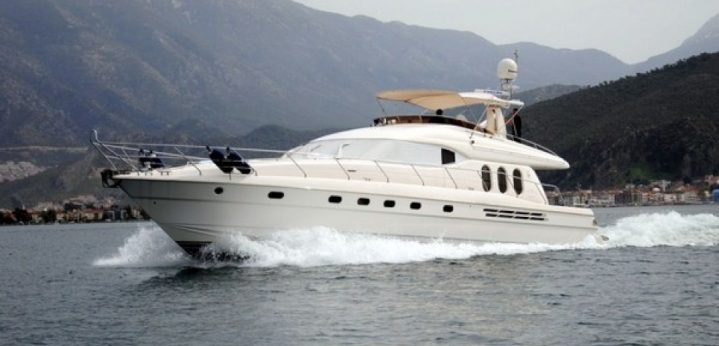
Grace
€17,500/wk
72.18ft /22m
8 Guests
4 Cabins
3 Crew
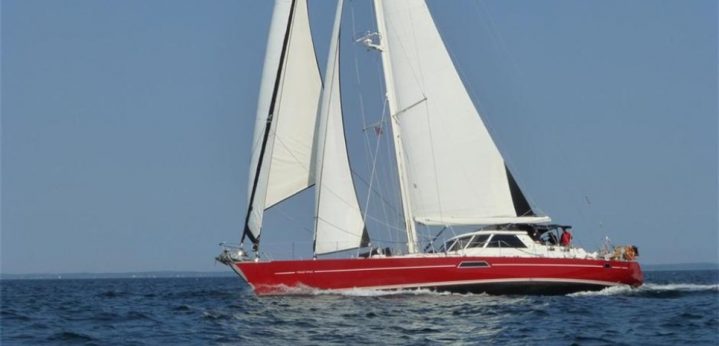
Mustang
$20,500/wk
83.01ft /25.3m
6 Guests
3 Cabins
3 Crew
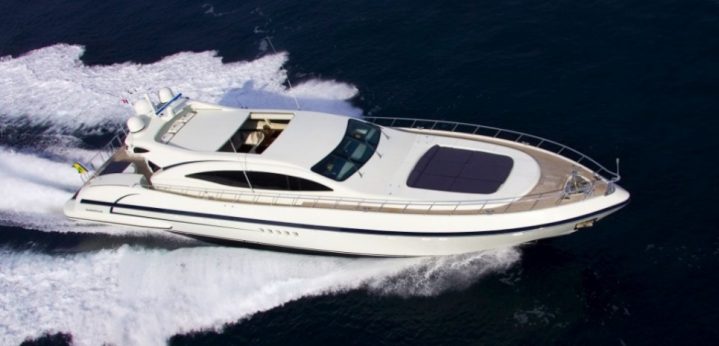
Four Friends
€63,000/wk
109.91ft /33.5m
9 Guests
Cabins
5 Crew
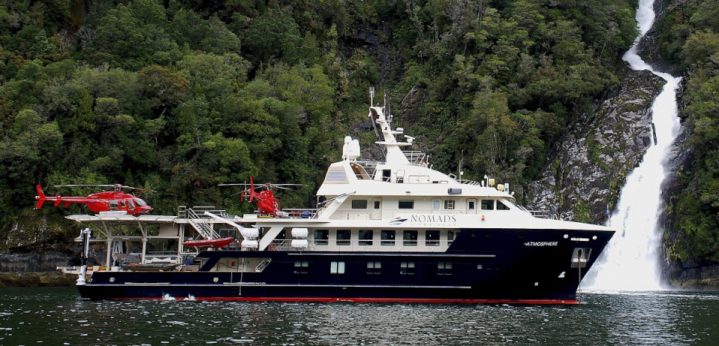
Atmosphere
$290,000/wk
147.64ft /45m
28 Guests
14 Cabins
32 Crew
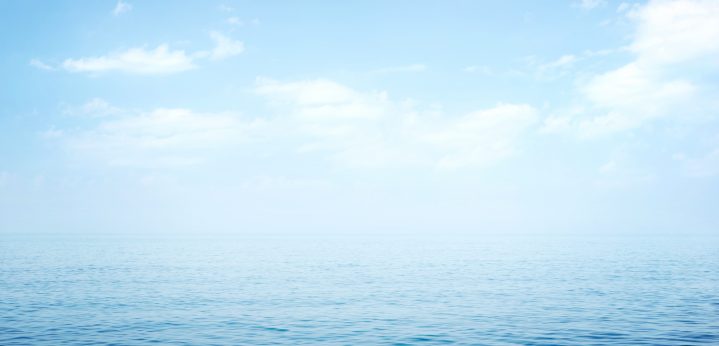
Fair Lady
€56,000/wk
121ft /36.88m
8 Guests
5 Cabins
6 Crew



